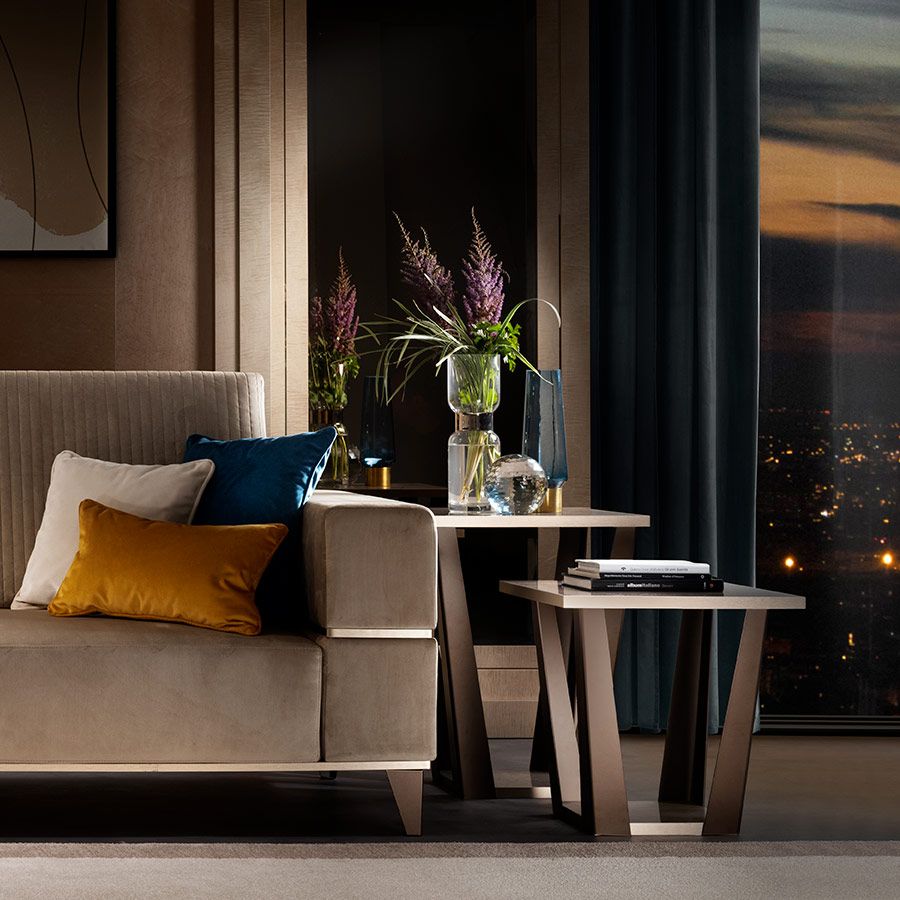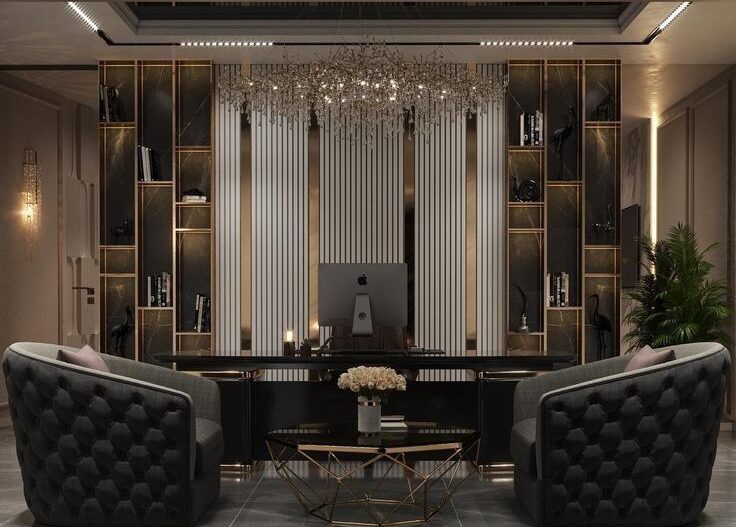Blending Heritage with Modern Innovation
As we step into 2025, Pakistan’s interior design and furniture industry is embracing a stunning evolution. While traditional craftsmanship continues to be deeply respected, the country’s design ethos is now strongly influenced by modern minimalism, eco-conscious choices, and intelligent living solutions. Whether you’re revamping your home in Lahore or designing a stylish apartment in Karachi, staying updated with these trends can help you make furniture choices that are not only beautiful but sustainable and functional too.
Fusion of Tradition and Modern Minimalism
One of the most notable trends is the seamless fusion between cultural heritage and contemporary minimalism. Pakistan’s deep-rooted woodwork traditions—like rosewood and sheesham carvings—are being merged with clean lines and Scandinavian-inspired silhouettes. Imagine a low-profile walnut bedframe detailed with hand-carved motifs, or a sleek console table with Kashmiri inlays. These pieces offer homeowners the chance to preserve cultural roots while living in visually uncluttered spaces.
This aesthetic works particularly well in living rooms and bedrooms where you want to make a visual statement without overwhelming the space. Wooden jharokas, once reserved for heritage homes, are now being refashioned as modern wall art or mirror frames.
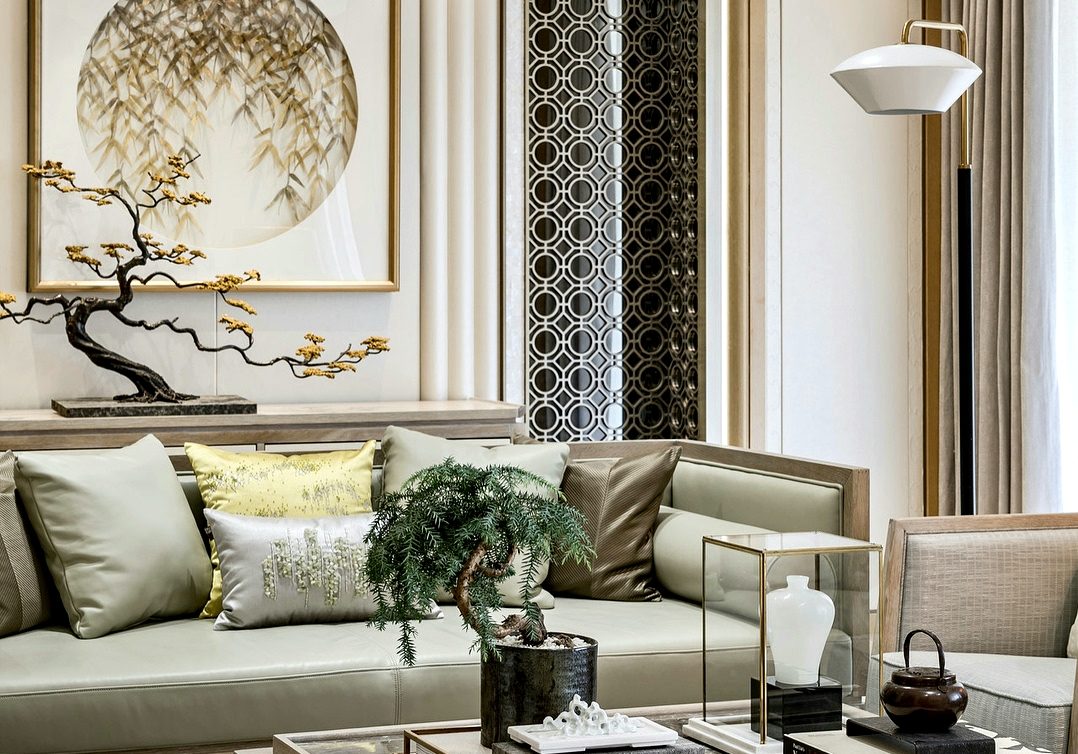
Sustainability and Material Consciousness
With growing environmental awareness, Pakistan’s furniture consumers are increasingly leaning toward sustainable materials. Artisans and designers are turning to reclaimed wood, jute, bamboo, rattan, and recycled metals to craft stunning, eco-friendly pieces. This shift is driven by a combination of global sustainability trends and a revival of local, handmade goods.
Reclaimed wood dining tables, cane-back chairs, and jute ottomans are no longer niche options—they’re now mainstream in urban furniture stores across Islamabad, Lahore, and Faisalabad. Not only do these materials help reduce carbon footprints, but they also lend warmth, texture, and authenticity to interiors.
Many furniture brands in Pakistan are also partnering with rural craftspeople to keep production local, ensuring that sustainability extends from raw material sourcing to social responsibility.
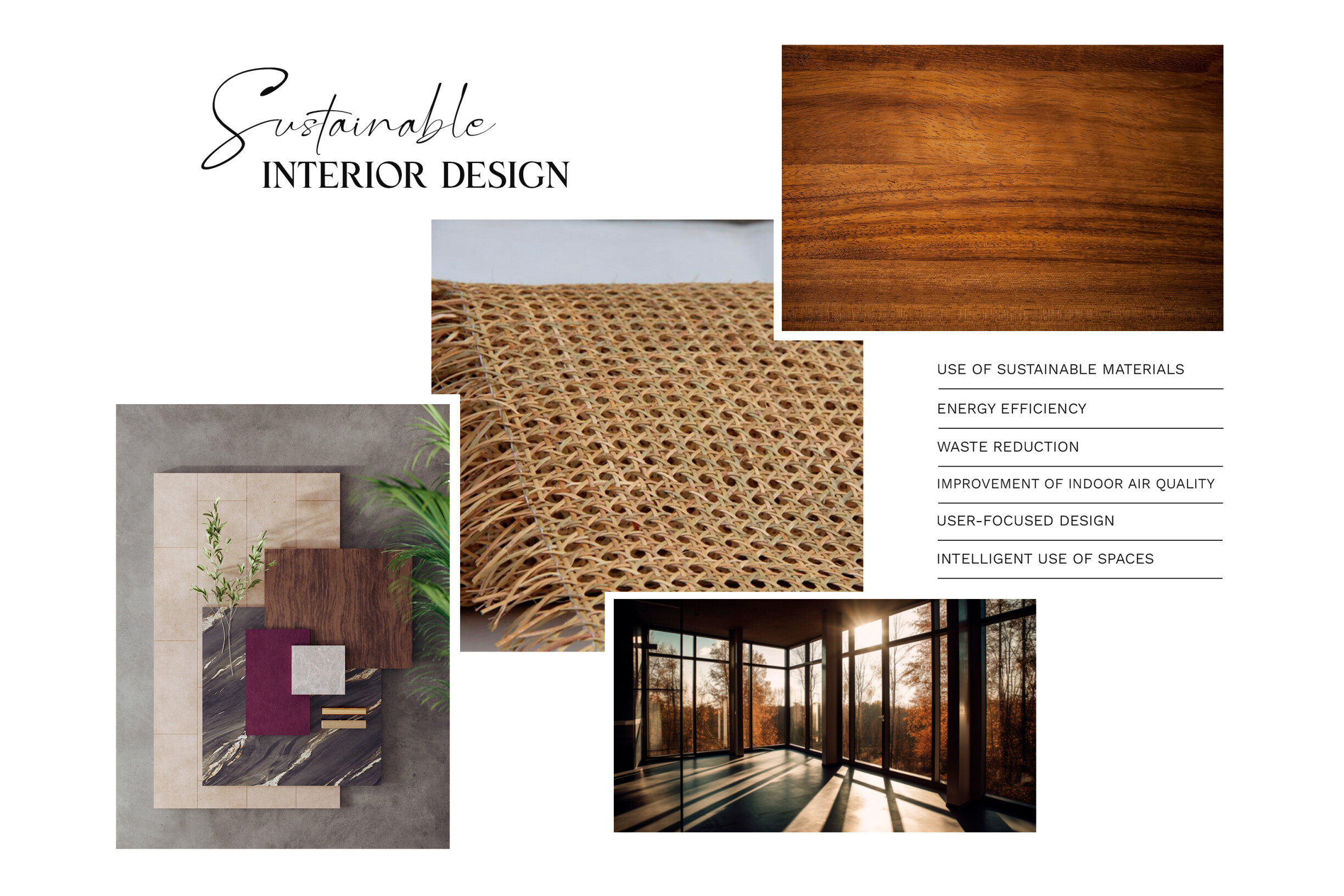
Space-Saving, Multi-Functional Solutions
Pakistan’s urban centers are experiencing a housing transformation, with vertical living becoming increasingly common. This has spurred the demand for multi-functional and space-efficient furniture that doesn’t compromise on design.
Convertible sofa beds, lift-top coffee tables, extendable dining sets, and beds with under-mattress storage are now must-haves for city dwellers. These pieces help maximize small spaces while still offering premium design aesthetics. A small studio apartment in Karachi, for example, can be fully furnished with pieces that offer multiple uses—turning the home into a smart, compact, and stylish sanctuary.
This is particularly popular among young professionals and small families who are drawn to furniture that adapts to their lifestyles without overcrowding the home.
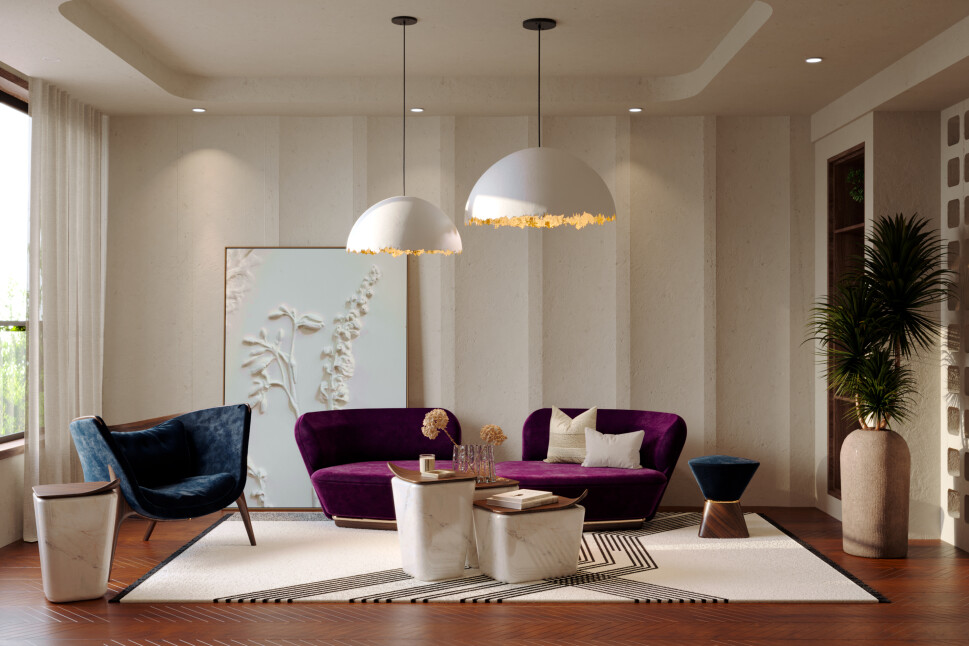
Integration of Smart Technology
Tech integration is also finding its way into Pakistani homes through furniture. While still a growing niche, smart furniture is gaining traction in cities like Lahore and Rawalpindi, where homeowners are seeking both convenience and futuristic design.
From nightstands with wireless charging pads to smart recliners with built-in USB ports and LED lighting, tech-enhanced furniture is bridging the gap between innovation and comfort. In upscale markets, motion-sensor wardrobes, adjustable ergonomic chairs, and beds that sync with home automation systems are emerging as status symbols.
Though still considered premium, tech-driven furniture is expected to become more accessible in the coming years.

Natural Palettes and Textural Contrast
Color and texture play a significant role in shaping the furniture trends of 2025. The most popular color palettes reflect the tones of nature—earthy browns, forest greens, mustard yellow, rust orange, and deep navy. These rich yet grounded shades are often used in combination with neutral backdrops to create balanced and emotionally warm interiors.
Textural layering is also trending. Combining wood, metal, jute, velvet, and linen in one space creates visual interest and a cozy, lived-in feel. A velvet sofa against a raw brick wall, or a cane chair beside a concrete planter—this contrast tells a story of both elegance and authenticity.
Textures and colors aren’t just aesthetic; they reflect the mood of the home. In 2025, that mood is confident, rooted, and comfort-driven.
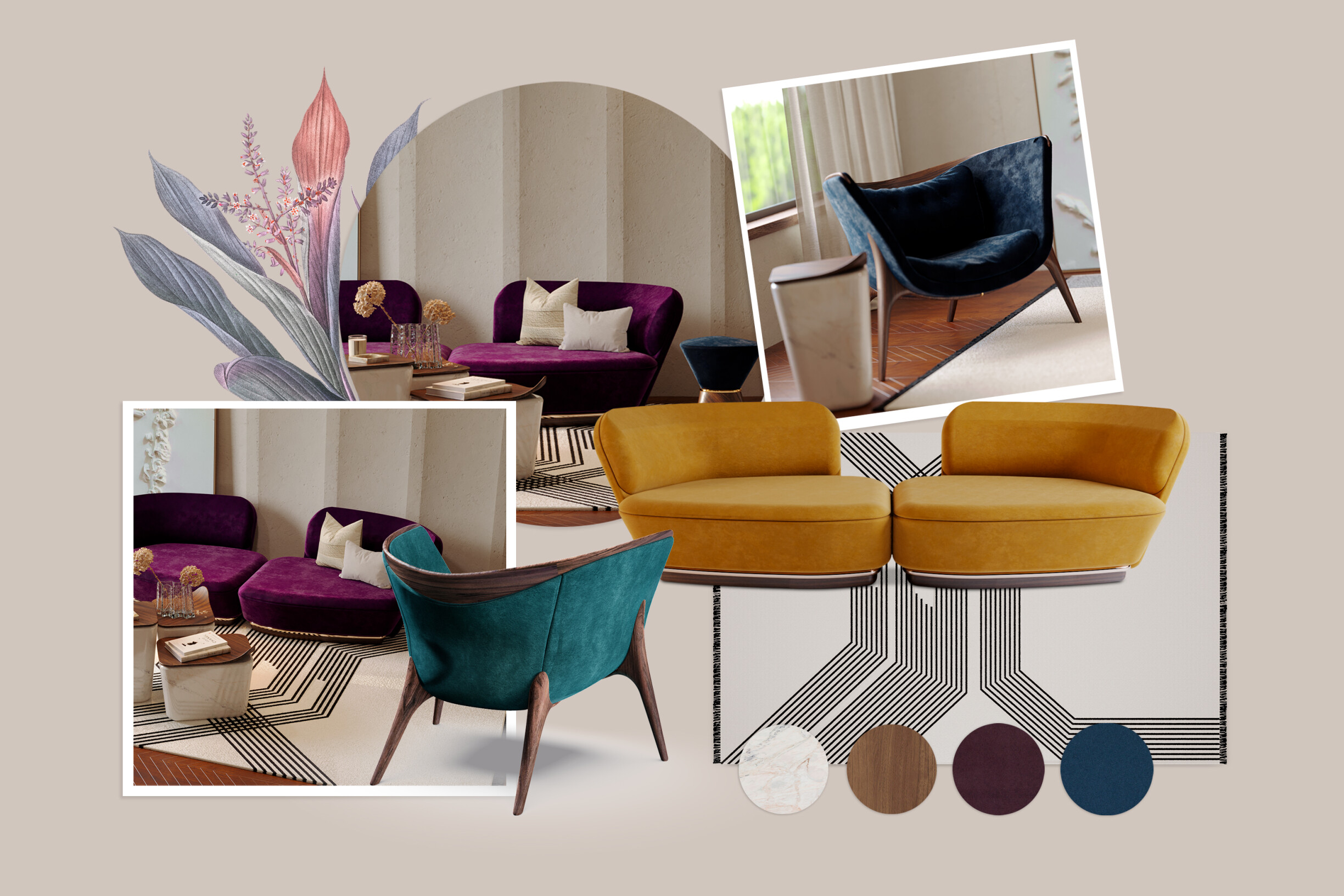
The Return of Vintage & Maximalism
While minimalism continues to dominate, there is a growing countertrend: cozy maximalism with vintage appeal. This is especially true in family homes and villas, where homeowners are proudly displaying heirloom pieces, vintage finds, Persian carpets, and truck-art-inspired decor.
Items like carved wooden chests, brass lamps, retro armchairs, and jhoolas (swings) are being reintroduced in new ways—often reupholstered in pastel fabrics or paired with bold accent colors. Maximalist styling is less about clutter and more about personal storytelling. It reflects identity, heritage, and a love for eclectic beauty.
This aesthetic is also being embraced in Airbnb rentals and boutique hotels across Pakistan that want to offer a “heritage with comfort” vibe to tourists.
Biophilic Design and Indoor Greenery
A growing love for biophilic design—where natural elements are used to boost well-being—is visible in both high-end and modest Pakistani homes. Furniture is increasingly designed to include planters, or to sit comfortably within indoor plant arrangements.
Living walls, rattan furniture, large leafy plants like fiddle figs or monsteras, and skylights that invite natural light are not only trendy but therapeutic. This organic integration is particularly welcome in apartments where access to outdoor space is limited.
Biophilic furniture trends are especially popular among homeowners in Islamabad and Murree, where natural surroundings inspire indoor choices.
Final Thoughts
In 2025, furniture design in Pakistan is no longer just about function—it’s a language. A language that speaks of culture, responsibility, innovation, and personal style. Whether you’re upgrading your living room with a smart coffee table, restoring a vintage jhoola, or investing in a bamboo dining set, your choices reflect more than taste—they reflect your values.

